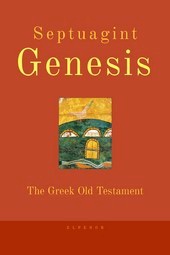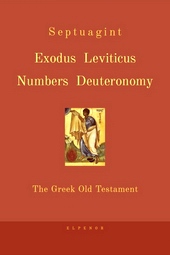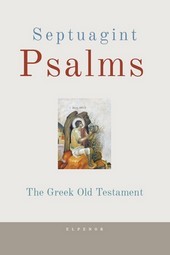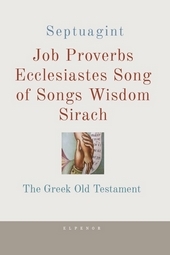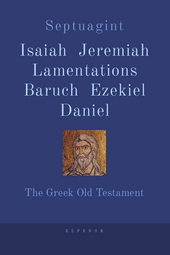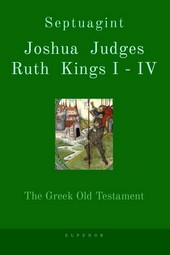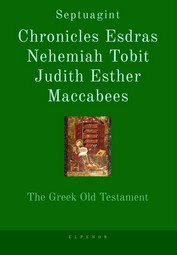1
The Wisdom of Sirach is not found in the Protestant Bible, and the Roman Catholics call it “deuterocanonical”. The odd thing, however, is that, in our Saviour’s time, the Jewish people honored these texts as “Holy Scripture.”
Proof of this are the many quotations from these holy books that can be found in the New Testament.
Furthermore, if the Protestants had not rejected so many books of the Holy Scriptures, there might well have never arisen among them such strange nineteenth century sects as the so-called Christian Scientists, who, as we know, reject the use of human medicine—often with disastrous results.
After all, as clear as a bell, the Wisdom of Sirach teaches us:
“Honor the physician with the honour due unto him for the uses yemay have of him: for the Lord created him….”
There are other valuable teachings in these holy books, as well. For example, there is one prophetic text that, in less than fifty words, sums up the entire purpose of the Incarnation of the Son of God.
In one sentence, in fact, it answers the question: why did God become man? This wonderful text is in the book, the Wisdom of Solomon, and in the clearest possible terms it tells us:
While all things were in quiet silence, and the night was in the midst of her swift course, Thine almighty Word leaped out of Heaven out of Thy royal throne, as a fierce man of war, into the midst of a land of destruction. (Wisdom of Solomon, 18:14-15)
We do, indeed, have a very different Bible from our non-Orthodox Christian friends.
2
Perhaps thirty or so years ago, a Protestant minister and his wife were visiting the monastery and I was assigned to give them “the tour.” We had seen the workshops, the refectory, the chapel and finally came to the area where the icons were on display, and I was telling the couple that the monastery was self-supporting. “One of the ways we support our monasteries by producing and selling these icons,” I explained to them. They knew about the traditional use of the holy icons in the Orthodox Church, so they were somewhat familiar with what they were seeing. Since it was the Paschal season, the icon of the Descent into Hades was in a prominent place of honor on the analogion and, therefore, caught the eye of the minister’s wife. “Oh, what is that icon?” she asked. “That depicts our Saviour’s Descent into Hades,” I responded.
Page 12345678910111213141516171819
